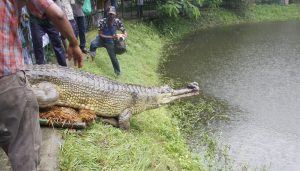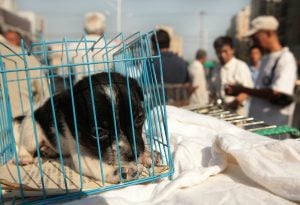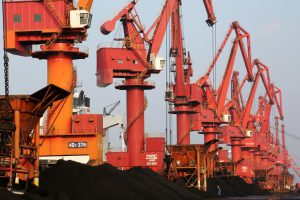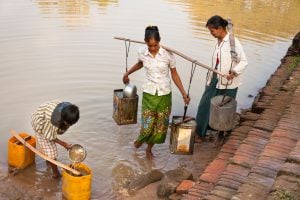As part of the Trans-Asia Railway Network to boost regional trade, the Asian Development Bank is building a railway corridor through the last remaining tropical hills forest and wildlife sanctuaries along the Bay of Bengal coast in Bangladesh. The railway will eventually extend to Myanmar and establish rail-freight connectivity among India, Bangladesh, Myanmar, and China. One of the future loops will extend to a planned deep-sea port off Bangladesh’s Cox’s Bazar coast.
The bank itself categorized the 1.8 billion USD mega-construction project in ecologically critical areas of Chittagong-Cox’s Bazar region as having the most severe impact on people and the environment. As per ADB’s environmental impact categorisation, the project had an “A” listing in the severity of impact in both the environmental and involuntary resettlement categories. This means that the project will have severe and irreversible impacts. The region is already heavily deforested due to the expansion of industries, power plants, other mega-infrastructure projects, and lately sheltering Rohingya refugees from Myanmar.

Many conservationists, researchers, and officials declined to comment on the project on the record, a pattern familiar in recent years in Bangladesh. Only those senior enough not to fear retaliation were willing to speak. “Global organisations are taking advantage of the absence of democracy and the culture of suppressing critical opinion in Bangladesh. The Asian Development Bank is no exception,” said noted attorney and environmentalist Syeda Rizwana Hasan.
She said that several ADB funded projects have been stalled in Bangladesh in recent years because of lack of participation by local communities and in many cases, people actively opposed such projects. This project had been in the pipeline for many years before the financier started moving quickly in 2013. “Everything is done very quietly and the Bank is talking only with the Bangladesh Railway and related authorities,” said Hasan.
Threatening aquatic ecosystems
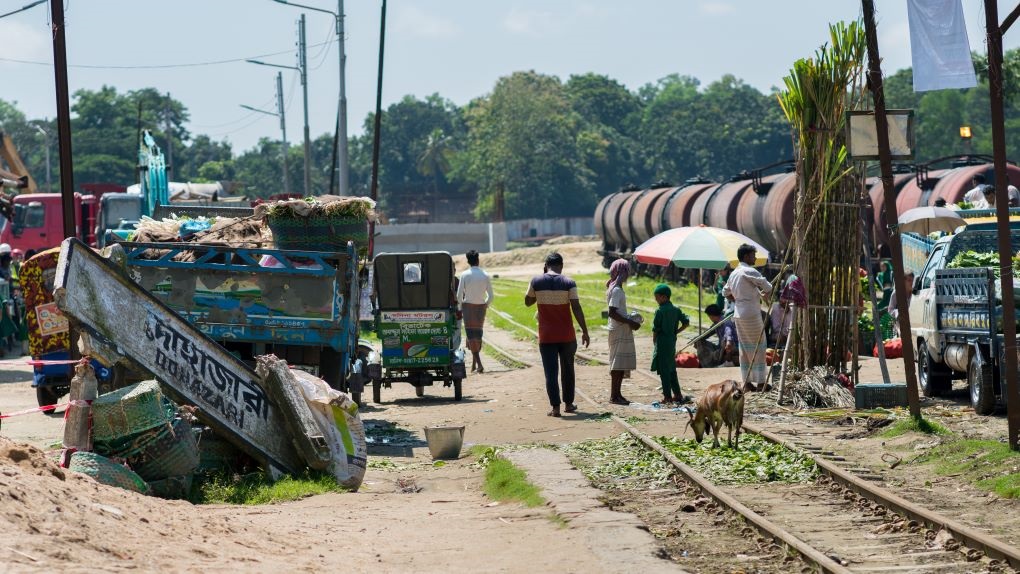
Authorities expect to complete the stretch between Dohazari and Cox’s Bazar within the next three years. Walking along the tracks being laid, one could see big bridges over rivers like the Sangu under construction, and many smaller streams filled with earth. Many streams are now allowed to barely run through pipes much narrower than their original courses. Hillsides are being cut and culverts are being built.
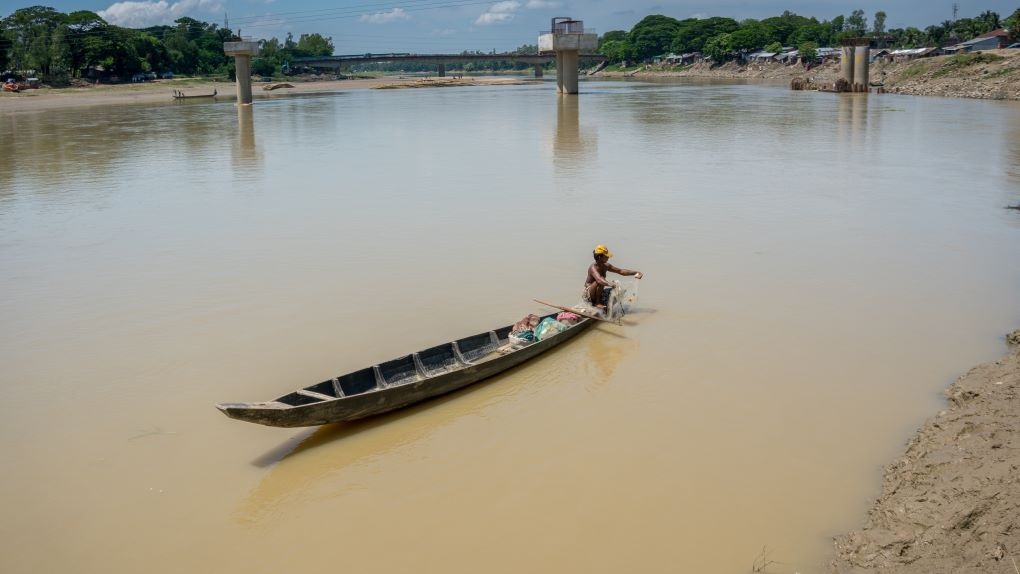
Ishtiaq Uddin Ahmed, a former Chief Conservator of Forests and earlier the representative of Bangladesh to the International Union for Conservation of Nature, said that every stream in the hill forest region is home to a highly biodiverse ecosystem. “This whole area is either protected forests or wildlife sanctuaries. It is safe to assume that such construction of structures will do serious damage to both aquatic and terrestrial ecosystems. There should be a large-scale biological survey before taking up such mega-construction projects.”
Yunus Ali, another recently retired Chief Conservator of Forests, pointed out that these streams are the main sources of water for drinking, domestic use and irrigation for local communities. “Cox’s Bazar and Chittagong regions have the highest dependency on surface water irrigation,” said Ali.
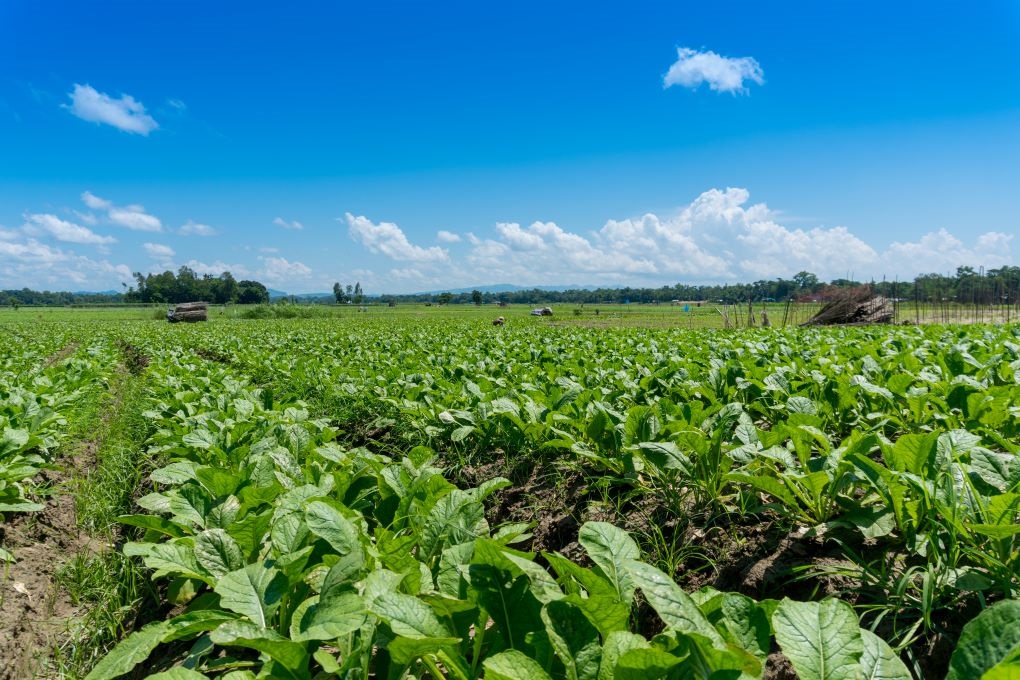
Cutting through elephant corridors
Parallel to the national highway connecting the eastern regions, the rail line passes through three protected areas – the Chunati Wildlife Sanctuary, the Fasiakhali Wildlife Sanctuary and the Medhakatchapia National Park. “The major portion of evergreen and semi-evergreen tropical forests of Bangladesh is located in this region where dominant species are dipterocarps and associated flora and fauna; there are many unique wildlife species here,” said Ishtiaq Uddin Ahmed.
According to him not only the under-construction railway, but the larger coastal development schemes in the Chittagong-Cox’s Bazar region will pose a huge threat to forests if business goes on as usual. “You have a lot of activities going on here that are directly related to regional connectivity for trade. A large number of coal-based power plants, LPG terminals and ports; a lot of disturbance is going on in this sensitive ecosystem.”

“This is the feeding and foraging area of wild elephants, and god forbid there will be sad accidents, big mishaps when elephants will be run over by trains,” he said. There have been such elephant deaths within ostensibly protected forests in neighbouring India.
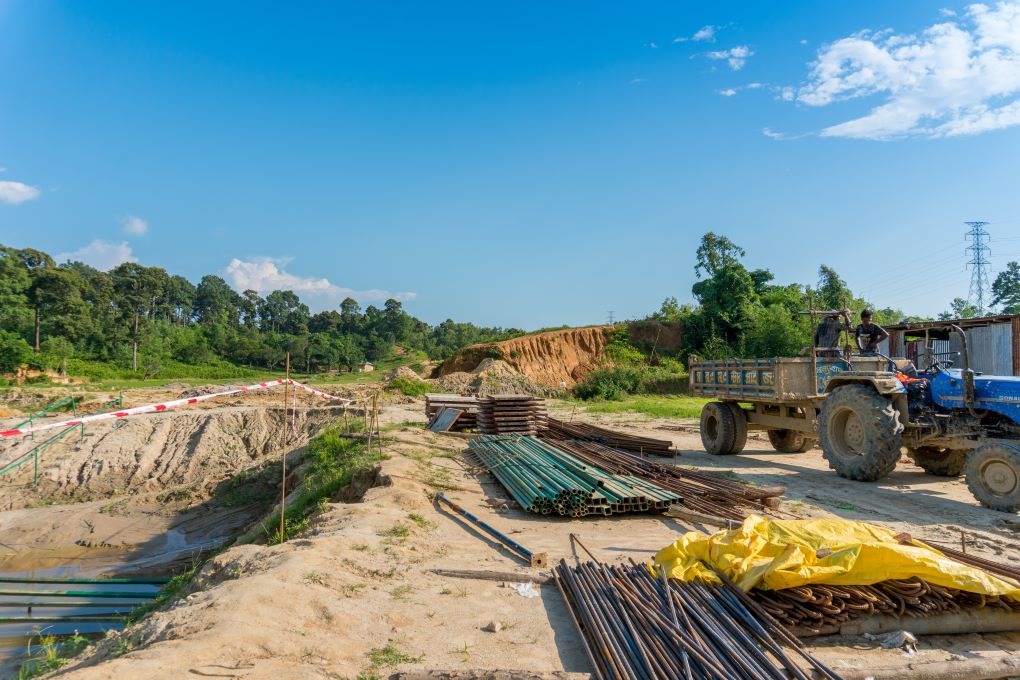
The EIA report by Bangladesh Railway has recommended building “possibly up to five elephant crossing structures”, namely “overpasses”, at the “active elephant crossing points”. Its EIA report says USD 3 million has been allocated to build each overpass.
Ahmed pointed out that wild elephants do not confine themselves in legally protected areas. Elephants in this region are already in crisis due to the loss of habitat and lack of food due to deforestation. “Deforestation is no longer limited to economic expansion; due to the recent surge of hundreds of thousands of Rohingya refugees from Myanmar, the deforestation crisis is turning more severe and both the people and elephants are already suffering from conflict,” he said. “Whatever is needed, elevating the railway and letting the elephants pass through normally or taking the rail line underground, should be done. But at least the natural state of migratory corridors of the wild elephants should not be altered.”
Read: Rohingya refugees face the rage of displaced elephants
Railroading consent
Asian Development Bank acknowledges the overall ecological risks, as its own report shows. The same goes for Bangladesh Railway. Still, the project goes on.
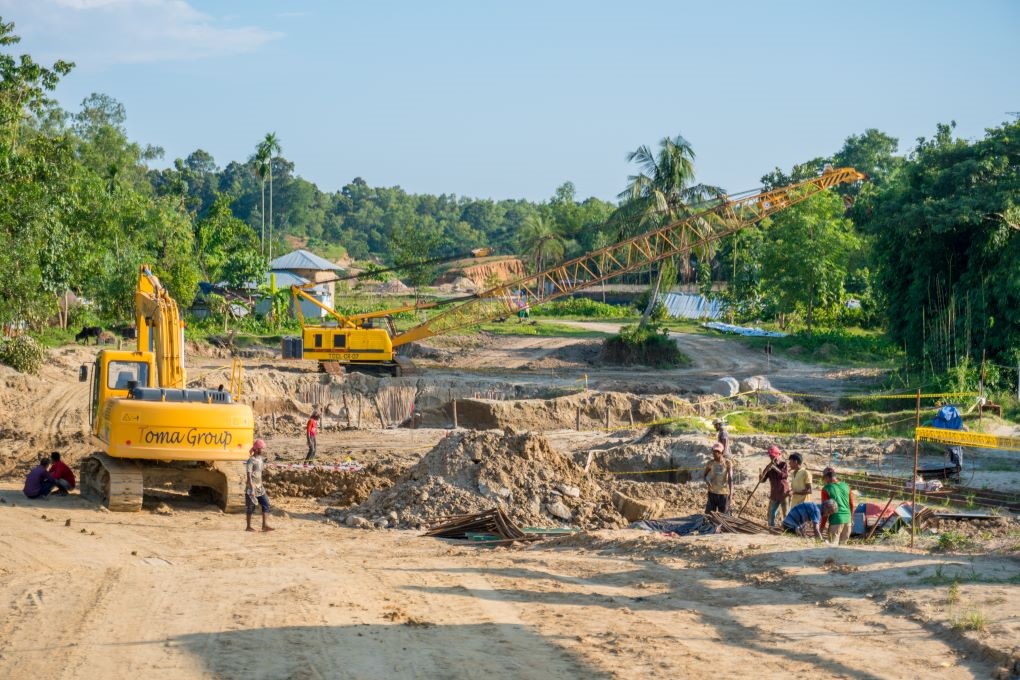
Displacing people
The railway will displace over 2,000 families, more than half of them categorised as vulnerable. Local NGOs fear that many families will not receive any compensation because they do not have legal titles to the land they till for their livelihoods. Many families have lived for generations on the outskirts of protected forests following customary land rights that may not be legally acknowledged.
“Local people were informed one day ahead of the consultation through the local body representative, UNO and local newspaper,” said the Bangladesh Railway in its EIA report. Observers allege that such EIAs, consultations and mitigation plans are not enough, and in this case is a “farce”.
Pavel Partha said, “The Asian Development Bank has the finest guidelines accepted by many in the world. Especially their guidelines about Environmental Impact Assessment are taken very seriously and widely used by many. But there are serious questions here about the process of doing assessments, about how they are collecting data from the field and how their guidelines are being implemented.”
Ignoring UN principles
Partha added that the region is home to many indigenous people who were not consulted before the construction, thus violating UN principles of free prior and informed consent by indigenous communities to any such projects. “We have important farmlands, water streams, waterfalls, rivers, and rich hill forest here. Why do we need such a mega-construction project in such a highly bio-diverse and ecologically sensitive region?” he asked. Partha thinks that neither the ADB nor the Bangladesh Railway is prepared to mitigate the damages that will be done here.
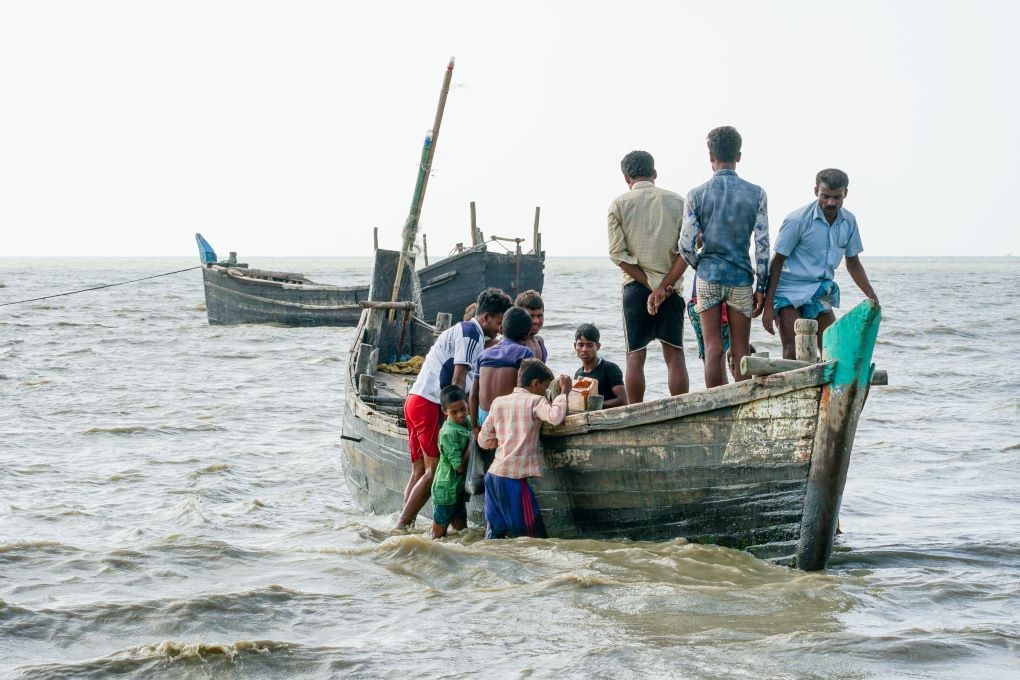
Restoration demanded
Syeda Rizwana Hasan said that a railway is not an indicator of development. “If that was the case, the British already made us so-called developed, they set up extensive rail lines long ago. You can’t sustain development by destroying the ecological balance.” The Asian Development Bank and Bangladesh Railway should have conducted nationwide consultations before finalising such a project, she said.
Hasan said that the kind of mitigation measures recommended by ADB and Bangladesh Railway are just “greenwashing” attempts. They will not be enough to offset the actual harm to the ecosystems or to the people forcibly removed from their land. “As democratic spaces are shrinking in Bangladesh, scope for expressing a dissenting opinion is shrinking. As a result, opportunities for agencies like Asian Development Bank to greenwash is increasing.”
Some former forest department officials are demanding the allocation of more resources to mitigate ecological damages and restore forest and aquatic ecosystems already lost due to the railway construction project.
Bangladesh should not accept any investment that is “ecologically reckless”, said Ali. “We, of course, should welcome foreign investments and loans. But if you look into such practices in many other countries, they have a lower growth rate than us, but they don’t accept such reckless investment.”
He said the impacts will not be reversible in most cases. “If you destroy a hill, and expect to retain same old ecosystem services, that’s very impractical.”
Ahmed said, “Asian Development Bank is a big agency, they work in a coordinated way with other multinational donor agencies. So, I think they can encourage other donor agencies to take up ecological restoration in this region. If habitat restoration goes hand in hand with railway construction, then hopefully it will be possible to strike a balance.”
![<p>Currently, the rail line in Bangladesh’s eastern region ends here– a small town called Dohazari, some 46 kilometer south-east from the port city of Chittagong [image by: Mohammad Arju]</p>](https://dialogue.earth/content/uploads/2019/11/DSC00070_CXB-Rail1_Edited-1.jpg)

![Qinza Najam's installation "Don't Grow Up, It's a Trap" at the Karachi Zoo [image by: Umme Hani Imani]](https://dialogue.earth/content/uploads/2019/11/Dont-Grow-up-Karachi-300x169.jpg)

